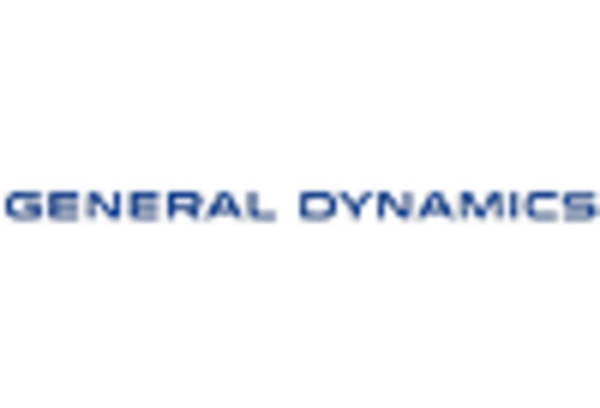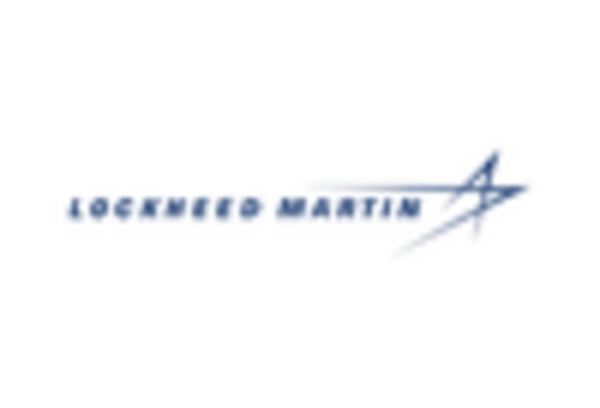Leading market players are investing heavily in research and development in order to expand their product lines, which will help the robotic warfare market, grow even more. Market participants are also undertaking a variety of strategic activities to expand their footprint, with important market developments including new product launches, contractual agreements, mergers and acquisitions, higher investments, and collaboration with other organizations. To expand and survive in a more competitive and rising market climate, robotic warfare industry must offer cost-effective items.
Manufacturing locally to minimize operational costs is one of the key business tactics used by manufacturers in the robotic warfare industry to benefit clients and increase the market sector. In recent years, the robotic warfare industry has offered some of the most significant advantages to military applications. Major players in the robotic warfare market are attempting to increase market demand by investing in research and development operations, including Aero Vironment, Inc., BAE Systems plc, Autonomous Solutions, Inc. (ASI), Boeing, General Atomics, Northrop Grumman Corporation, Cobham plc, Dassault Group, Elbit Systems Ltd., Textron Inc., Lockheed Martin Corporation, and Thales Group.
Elbit Systems Ltd. is a company that designs and develops systems and equipment for the aerospace industry as well as C4ISR (command, control, intelligence, Surveillance and Reconnaissance) and computers. The company provides cutting-edge electro-optics and countermeasures systems, military aircraft, airborne and helicopter systems, unmanned aerial vehicles (UAS) and unmanned surface boats, helmet-mounted systems, aerostructures and systems, and land and naval systems. Elbit Systems creates new technologies and modernizes military equipment for the defense, homeland security, and commercial aviation industries. In June 2022, in Paris, Elbit Systems Ltd. presented their robotic combat vehicle at the Eurosatory Defense and Security Exhibition.
The M-RCV is equipped with a 30 millimeter autonomous turret, an active protection system, fire control and mission management systems, as well as a new robotic platform type BLR-2 and robotic autonomous kit.
AeroVironment Inc. is a company that designs, develops, and offers commercial information solutions and unmanned aircraft systems. The company provides unmanned ground vehicles, sensors, digital data links, tiny unmanned aerial systems, and tactical missile systems. In addition, it provides training, engineering, logistical, and support services. Under the Raven, Puma, Wasp, Quantix, Aero Vironment, and Switchblade names, the corporation provides its solutions. Along with commercial clients, it provides services to U.S. Department of Defense organizations such as the U.S. Army, Special Operations Command, Marine Corps, Air Force, and Navy.


















Leave a Comment